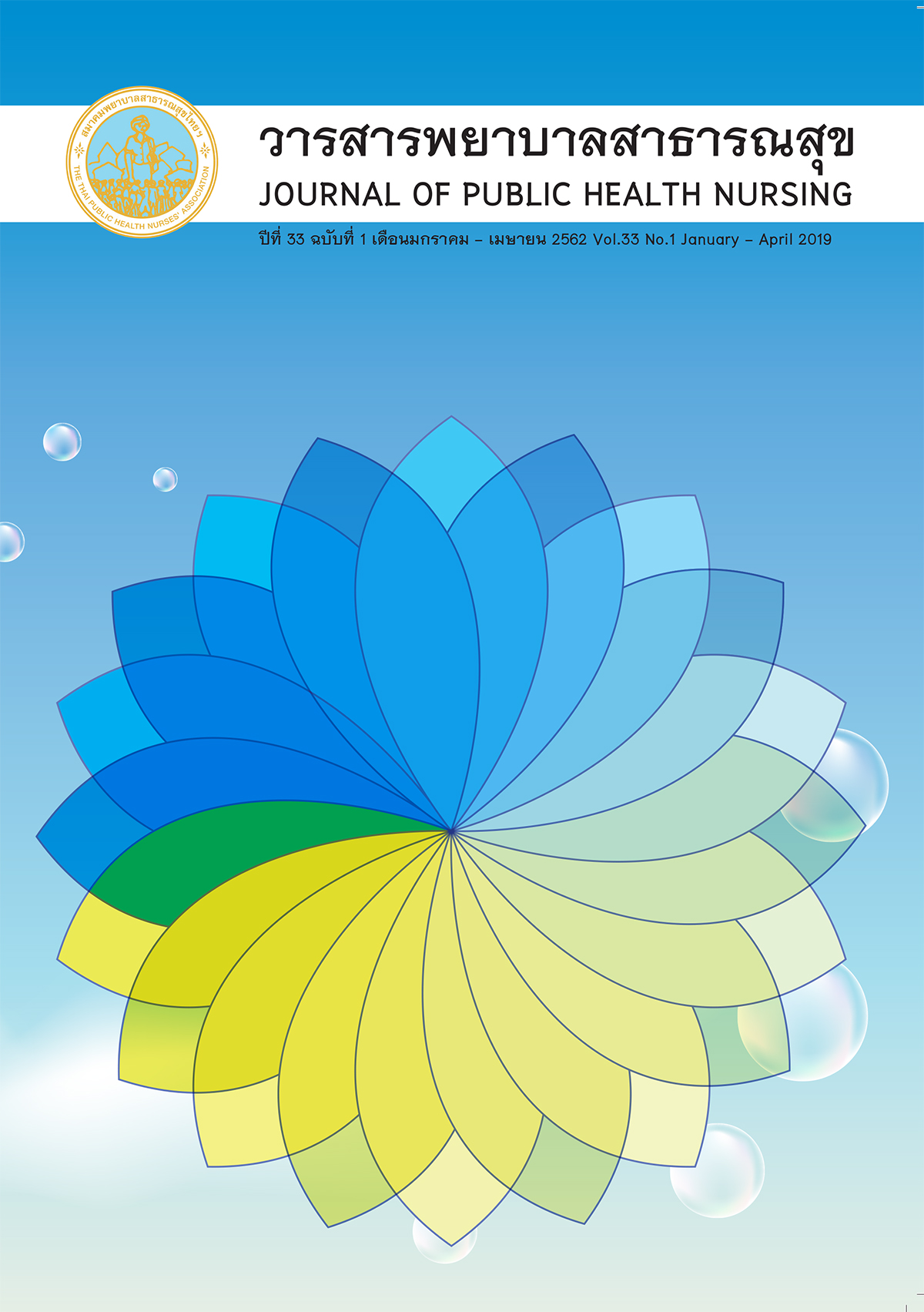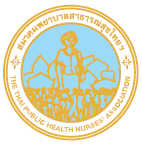Cyberbullying Behavior in 4th to 6th Grade Students at a Bangkok Municipal School
Keywords:
school mental health, cyberbullying, child and adolescent psychologyAbstract
Cyberbullying is widespread the social problem nowadays, especially in child and adolescent. The aim of this qualitative research is to study the cyberbullying behavior and coping strategies of elementary school students. The population was grade 4 - 6 students studying in a Bangkok municipal school. By using questionnaire screening, five students who were bullied during 2011-2015 were recruited. After the in-depth interviews, it was found that most students had poor understanding about cyberbullying because of the abstract definition. The common cause of cyberbullying was the ignorance of the students to logout of social media in the public computer or mobile phone. The perpetrator impersonated to the owner’s account and then made the content related to sexual content, verbal violence or misunderstanding. The effect of cyberbullying to elementary students was similar to that of higher level students, but the effect last for shorter period. Good relationships with peers and trusted adult could help them cope with the situation better.
References
Yaowabut A, Thiangtham W, Powwattana A, Nanthamongkolchai S. Predictive factors for adolescent bullying behavior in the Bangkok metropolitan. Journal of Public Health Nursing 2015; 29(2): 72-84. (in Thai)
Belsey B. Internet usage: Facts and news [Internet]. 2014 [cited 2014 October 20]. Available from http://www.cyberbullying.ca/pdf/Taking_on_the_cyberbullies.pdf.
National statistical office, Ministry of information communication and technology. The survey of information and communications technology used in households found that, in 2013 [Internet]. 2013 [cited 2014 January 2]. Available from https://www.msociety.go.th/ewt_news.php?nid=11483
Child Watch Project. In Thailand, a survey of the current situation of children and youth in from 2011-2012 [Internet]. 2014 [cited 2014 October 20]. Available from http://www.teenpath.net/data/rresearch/00011/tpfile/00001.pdf
Synovate Company limited. The data from the survey, media consumption habits of teenagers gathered from 2011 among Asian countries [Internet]. 2014 [cited 2014 October 20]. Available from http://service.nso.go.th/nso/nsopublish/citizen/news/news_internet_teen.jsp
Young KS. Internet Addiction: The Emergence of a New Clinical Disorder. American Behavioral Scientist 2004; 48(4): 402-15.
Patchin. Cyberbullying Research: 2013 Update [Internet]. 2015 [cited 2015 Jun 20]. Available from http://cyberbullying.us/statistics.
Nationwide teen bullying and cyberbullying study reveals significant issues impacting youth [Internet]. 2017 [cited 2019 April 17]. Available from https://www.sciencedaily.com/releases/2017/02/170221102036.htm
Hinduja S. Cyberbullying research center [Internet]. 2011 [cited 2011 February 17]. Available from http://cyberbullying.us/cyberbullyingrates-across-the-world-and-the-role-ofculture/.
Thaihealth. Online victims [Internet]. 2009 [cited 2009 April 20]. Available from http://goo.gl/BSlmsk.
Thai children are at risk of online risky cyber bullying higher than global average [Internet]. 2018 [cited 2019 April 17]. Available from https://www.it24hrs.com/2018/cyberbullying-thai-child-above-the-worldaverage/.
Brett H, Bonnie Lj. The Nature and Frequency of Cyberbullying Behaviors and Victimization Experiences in Young Canadian Children. Canadian Journal of School Psychology 2014; 10(1): 1-20.
Sania S, Jaffee SR, Bowes L, Ouellet- Morin I, Andreou P, Happé F, et al. A prospective longitudinal study of children's theory of mind and adolescent involvement in bullying. Journal of Child Psychology and Psychiatry 2012; 53(3): 254-61.
Cross D, Shaw T, Epstein M, Monks H, Dooley J, Hearn L. Cyberbullying in Australia: is school context related to cyberbullying behavior. In C. H. Centre, & C. University (Ed.), Australia; Wiley-Blackwell; 2012.
Musikapan W. A study of Cyberbullying in the Context of Thailand and Japan. Nakhon Pathom: National Institute for Child and Family Development Mahidol University; 2009.
Surat P. Unaware Violence: Case Studies of Cyber Bullying. 4th International Conference on Reproductive Health and Social Sciences Research; Bangkok, Thailand. Mahidol University; 2010. p. 246-52.
Launching Cyberbullying Research for Thai Youth and the Risks of Age 4.0 [Internet]. 2018 [cited 2019 April 17]. Available from https://www.prachachat.net/ict/news-146408.
Völlink T, Bolman CA, Dehue F, Jacobs NC. Coping with Cyberbullying: Differences Between Victims, Bullyvictims and Children not involved in Bullying. Journal of Community & Applied Social Psychology 2013; 23(1): 7–24.
Samoh N, Boonmongkon P, Ojanen TT, Samakkeekarom R, Guadamuz TE. Youth Perception On Cyberbullying. Journal of Behavioral Science for Development 2014; 6(1): 351- 65.
Lewis R, Frydenberg E. The Coping Strategies used by adolescents in intact and in separated a family. Australian Journal of Guidance and Counselling 1996; 6(1): 87-98.
Musikaphan W, Songsiri N. Cyberbullying among Secondary and Vocational Students in Bangkok. Journal of Population and Social Studies 2011; 19(2): 235-242.
Hongsanguansri S. Concepts and Theories about the Psychology of Children and Adolescent [Internet]. 2013 [cited 2014 January 2] Available from http://www.rcpsycht.org/cap/detail_articledr.php?news_id=63
Limpanawannakul V. The Trafficking Processes of Girl Victime: A Case Study of Ban Kred-Trakarn. [M.S.W. Thesis in Social Welfare Administration and Policy]. Patumtani: Faculty of Social Administration, Thammasat University; 2004.
Downloads
Published
How to Cite
Issue
Section
License
บทความที่ตีพิมพ์และแผนภูมิรูปภาพถือเป็นลิขสิทธิ์ของวารสารพยาบาลสาธารณสุข (Thai Public Health Nurses Association)







